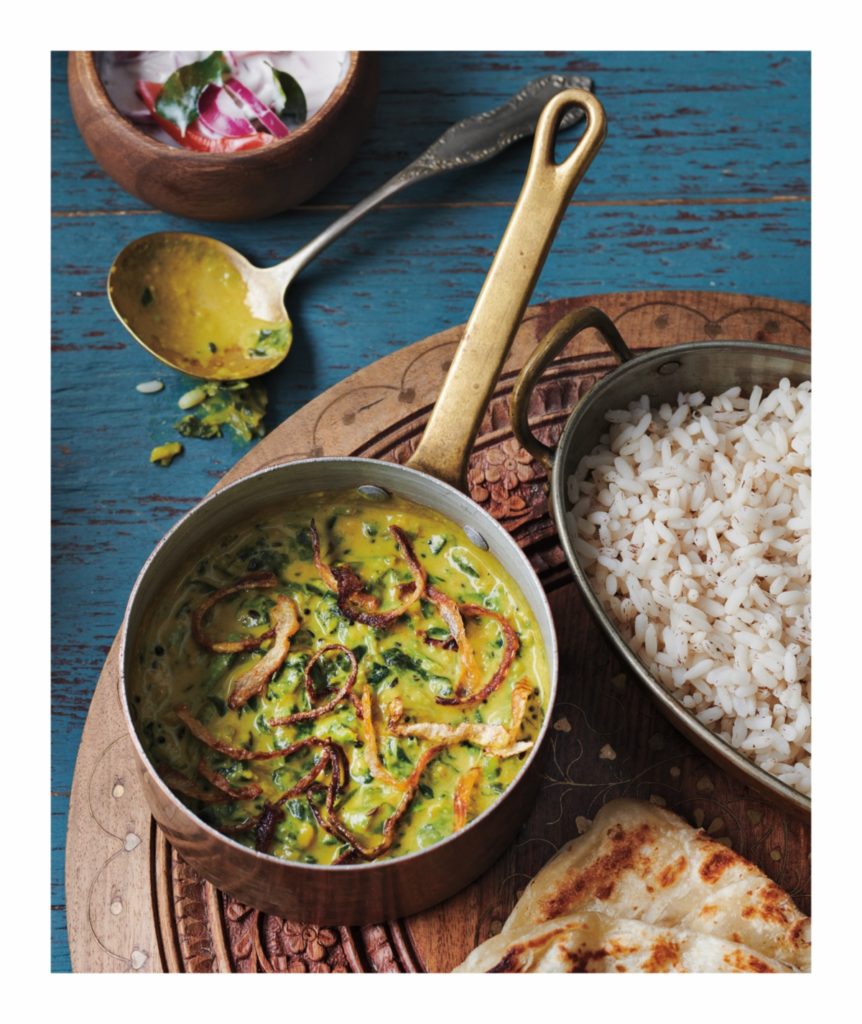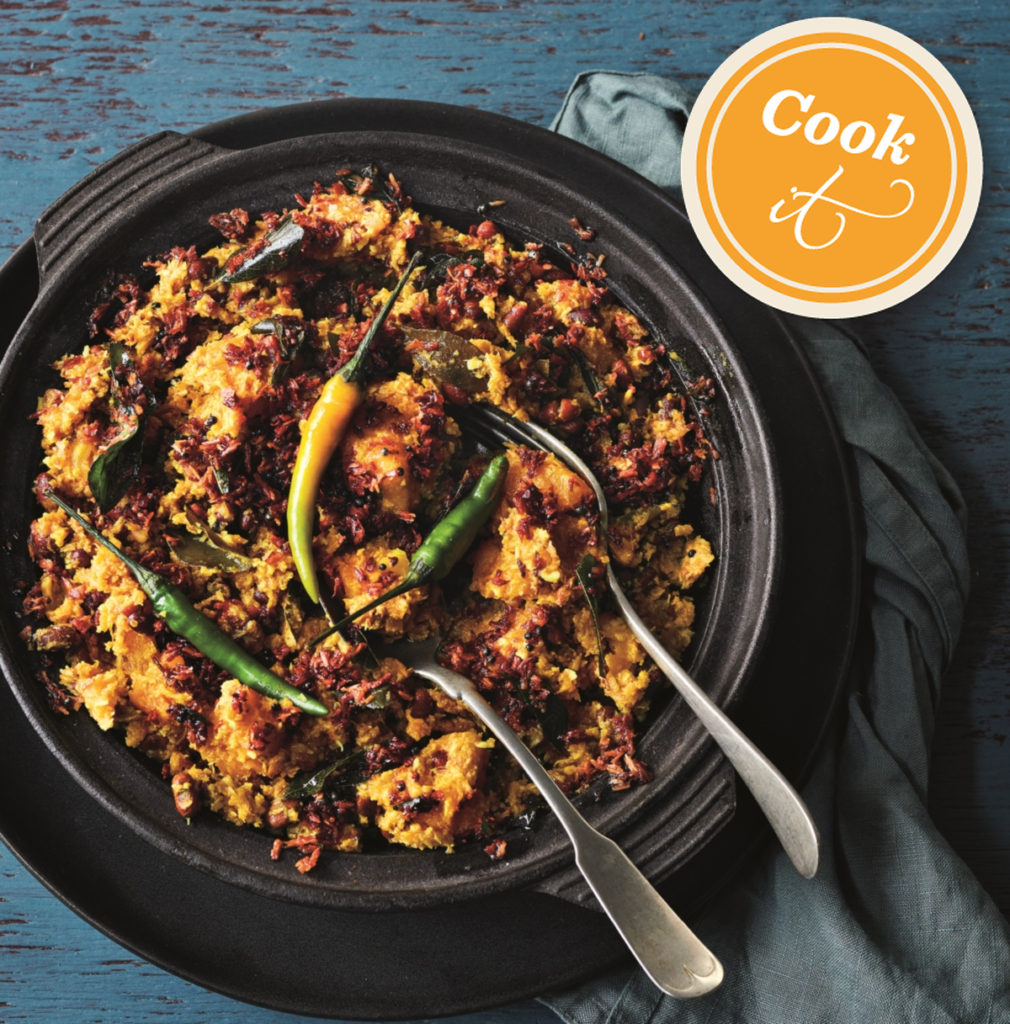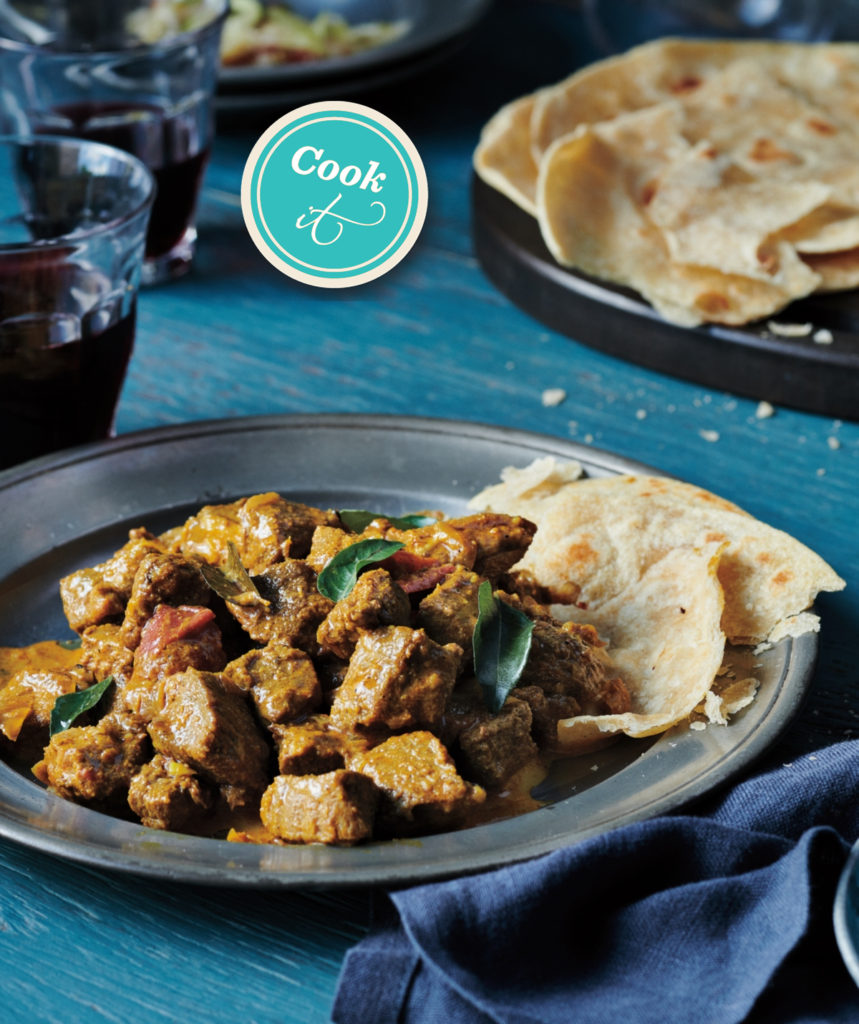Coconut Lagoon is a restaurant in Ottawa that specializes in South Indian cuisine. Its owner and principal chef is Joe Thottungal, a native of Kerala who has called Canada home since 1998. Coconut Lagoon is his first cookbook, penned in collaboration with Ottawa-based writer and restaurant reviewer Anne DesBrisay.
I know them both. Thottungal won gold in the Ottawa round of the Gold Medal Plates competition in 2016 (now rebranded as the Great Canadian Kitchen Party) and was a fellow judge when I joined the judiciary panel in 2017 (that year Thottungal also won silver in the national Canadian Culinary Championships.) DesBrisay, one of the most respected figures in the Ottawa restaurant scene, has been a contributor to and senior editor of this magazine since its inception in 2011.
It was a proud moment when Thottungal and DesBrisay presented a copy of Coconut Lagoon to Prime Minister Justin Trudeau at Rideau Hall in April this year, soon after publication. Perhaps not so surprising — it’s rumoured that the PM may have slipped into Coconut Lagoon, the restaurant on St Laurent Boulevard, incognito from time to time.
But none of this matters in a cookbook review – it’s about the book, and more importantly, the recipes.
Thottungal is a master in the kitchen and it fell to DesBrisay to translate his culinary vision into words. A chapter called The Road from Kerala traces Thottungal’s journey from his family’s pepper plantation in India to Canada, by way of Mumbai and Saudi Arabia. DesBrisay has a gift for the human story and tells Thottungal’s with an immediacy that touches the heart. While not exactly a rags-to-riches saga (Thottungal’s family were considered middle class) it is the story of a self-made man who had the initiative and drive to carve out a career quite different from the one that was expected of him. DesBrisay sensitively conveys the combination of innocence and ambition that drove a boy who was happy doing chores in his mother’s kitchen to strike out for an unknown land and a career that has ultimately brought him a slew of accolades.
South Indian cuisine is characterized by the use of ingredients such as coconut milk, cardamom, curry leaves, mustard seed and peppercorns, native to this coastal, tropical region of India. Other spices and flavourings may be less familiar but a chapter devoted to Keralan ingredients explains their uses and gives advice on substitutions where appropriate. Two items you will definitely need before starting to cook from this book — a jar of coconut oil and a supply of curry leaves (frozen are okay).
The recipe chapters are divided thus: Basics, Breads, Appetizers, Earth, Sea, Land, Rice, Drinks & Desserts. The titles are a bit whimsical but once you figure out that Earth means stuff that grows in it, and Land is creatures that live on it, you’re good to go.
The first dishes I chose to cook were Broccoli Thoran and Masoor Dal and Spinach Curry from Earth and Nadan Khozi Curry from Land. The score — after much chopping of onions and measuring of spices — three out of three. Broccoli, stir-fried with chilies, grated coconut and spices, was simple to prepare and delicious. The dal, laced with green ribbons of spinach and finished with coconut milk, was creamy and rich. Made with quick-cooking red lentils (masoor dal), it was also a snap to prepare.

The chicken curry was a bit more work, most of it measuring and prepping the 20 ingredients called for. But the bone-in chicken pieces, cooked in their bath of spice-laden gravy, emerged tender and deeply flavourful, a result worthy of the labour that went into the dish. Indian cooking is not difficult but it can be complex — made up of a lot of little steps that require some forethought and planning. You’ll spend a lot of time chopping onions, garlic and ginger, for example, so it would make sense to get out a food processor if you’re intending to cook more than one recipe, and to make the sub recipes (ginger-garlic paste, garam masala, ghee etc) in batches.
I invited dinner guests for my next round with Coconut Lagoon.
The menu: Beef Curry (Land) , Pumpkin Erissery (Earth), Kerala Raita (Basics), Masoor Dal and Spinach Curry (repeat!), Mango and Sago Mousse (Desserts). And in a fit of confidence I decided to try my hand at Malabar Parathas (Breads).
The beef, cooked with curry leaf, coconut milk, tomatoes and a host of spices, was delicious. Thottungal uses quick-cooking beef tenderloin at his restaurant but says that stewing beef will work as well. He suggests a pressure cooker for the tougher cut but I used a Dutch oven on the stove top with a fine result.
Pumpkin Erissery was a surprise hit at the dinner table. The squash is cubed and cooked down to an almost mash, then mixed with adzuki beans (that have been soaked and cooked beforehand), spices, fresh chilies and toasted shreds of coconut. The chilies packed a wallop that welcomed the cooling Raita made of yogurt, tomatoes and spices.

Spinach dal was on the menu because I had so much of it left over from round one! The recipe (to serve four) yielded easily enough to serve eight or more. But reheated, with a little extra water to loosen it and a fresh cup of spinach stirred in, the dal was every bit as good – better even — as the first time around.
There is always a risk when restaurant recipes are scaled-down for the home kitchen. Thottungal cooks for 50 or more people at a time in his restaurant and presents his food buffet-style. A serving of dal might be a cup or more for a vegetarian, and just a spoonful for someone who wants a little taste of everything. I ran into the same scaling problem with dessert, which yielded way more than we could eat. Fortunately my niece loved the creamy mango pudding so much she went home with the leftovers.
And then there was Paratha. After much needing, resting, stretching, rolling and apprehensively winding strips of dough around my finger, I heated up a cast iron skillet and waited for the magic. Paratha are laminated breads, like croissants, and a good one is a rich, flakey delight. They are one of the stars of the south Indian culinary repertoire and I’d never had the courage to try making them. Now I know why. Mine were tasty enough (slathering on ghee will see to that) but the layers didn’t separate and puff up the way they should. I don’t think this is a fault of the recipe as much as it is a matter of mastering a centuries-old technique. My dinner guests thought the meal was fantastic and my copy of Coconut Lagoon, now spattered with ghee and coconut oil, gets an unequivocal thumbs up. But when I next need a paratha fix, I’ll hop in the car and head down St Laurent Boulevard to Coconut Lagoon.



